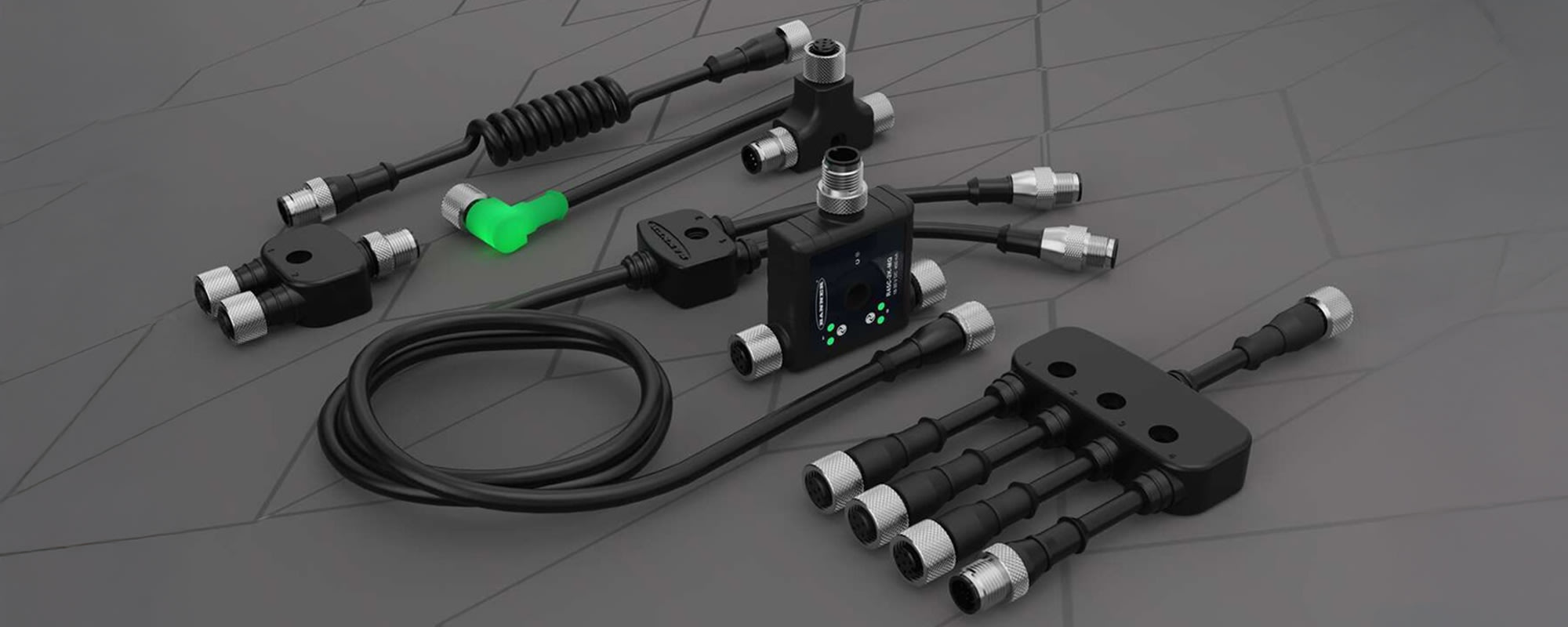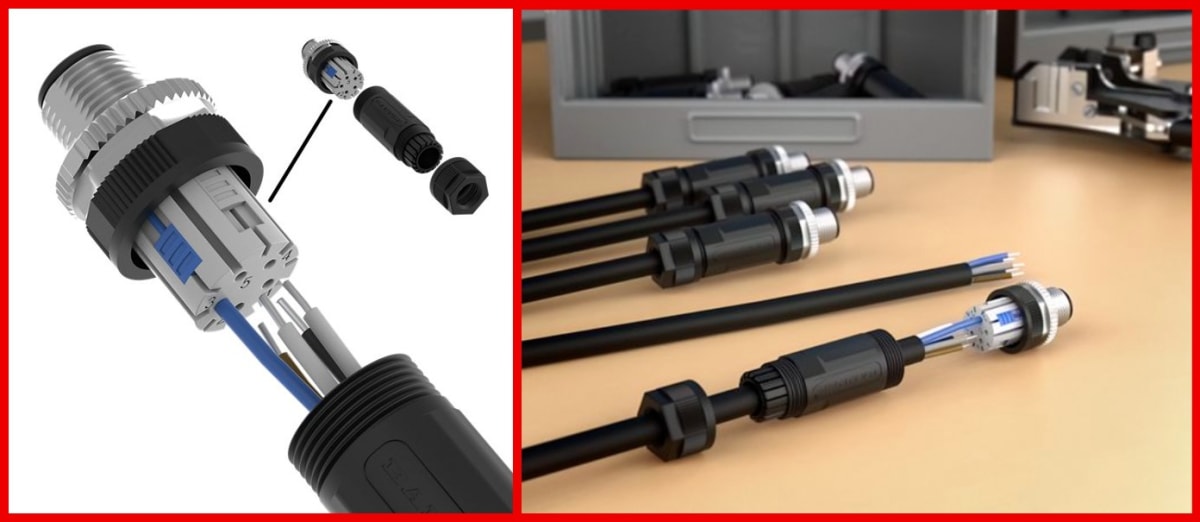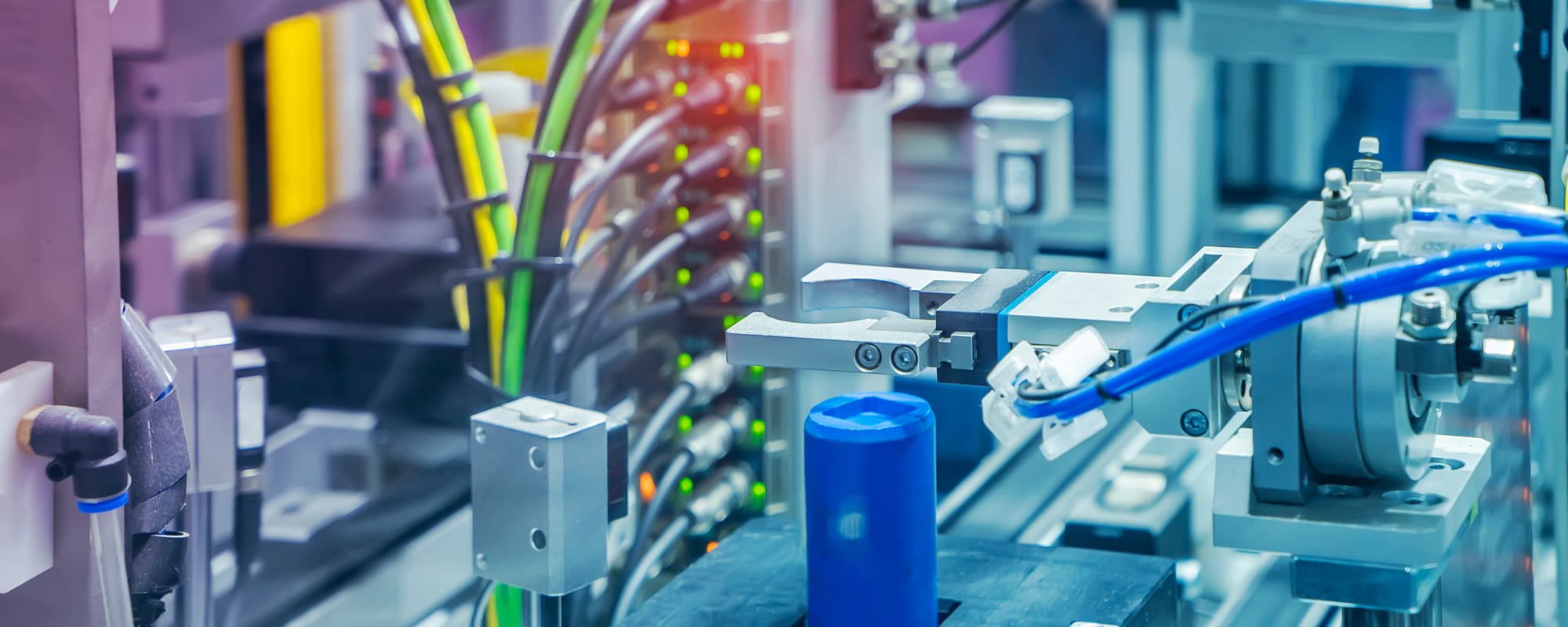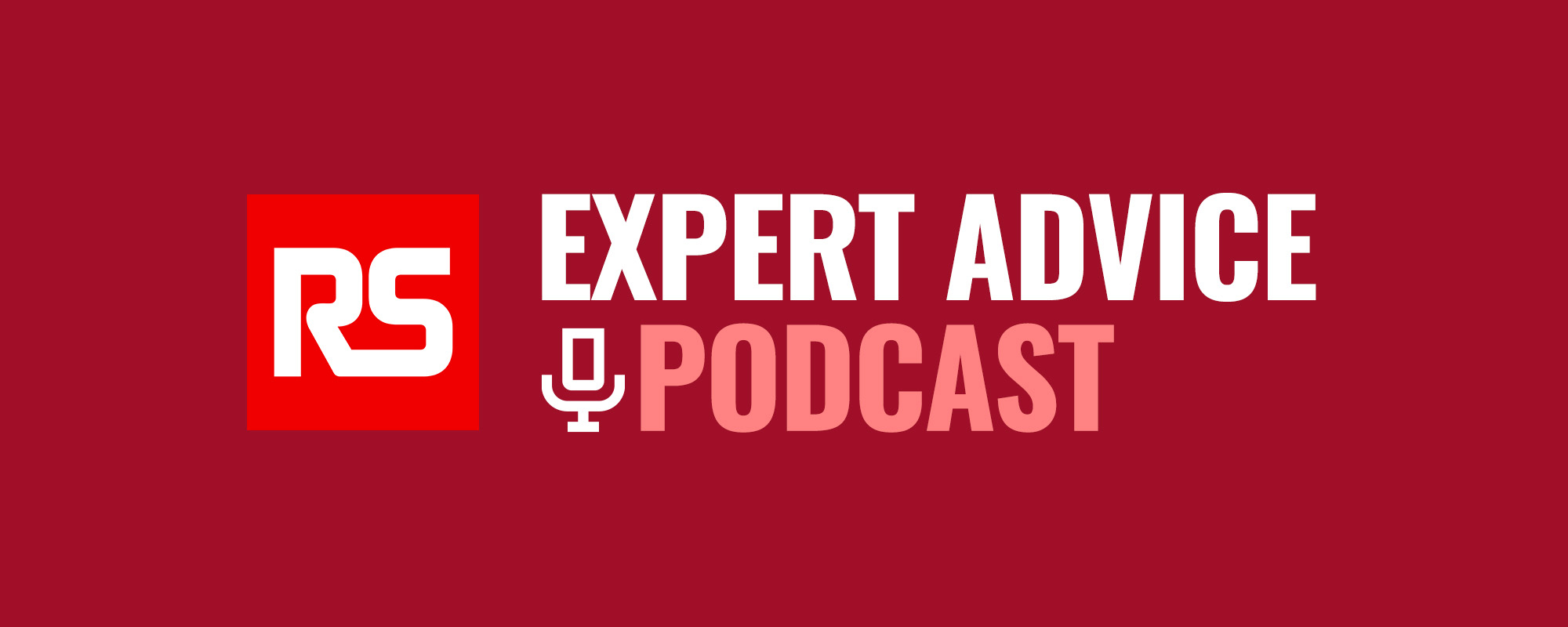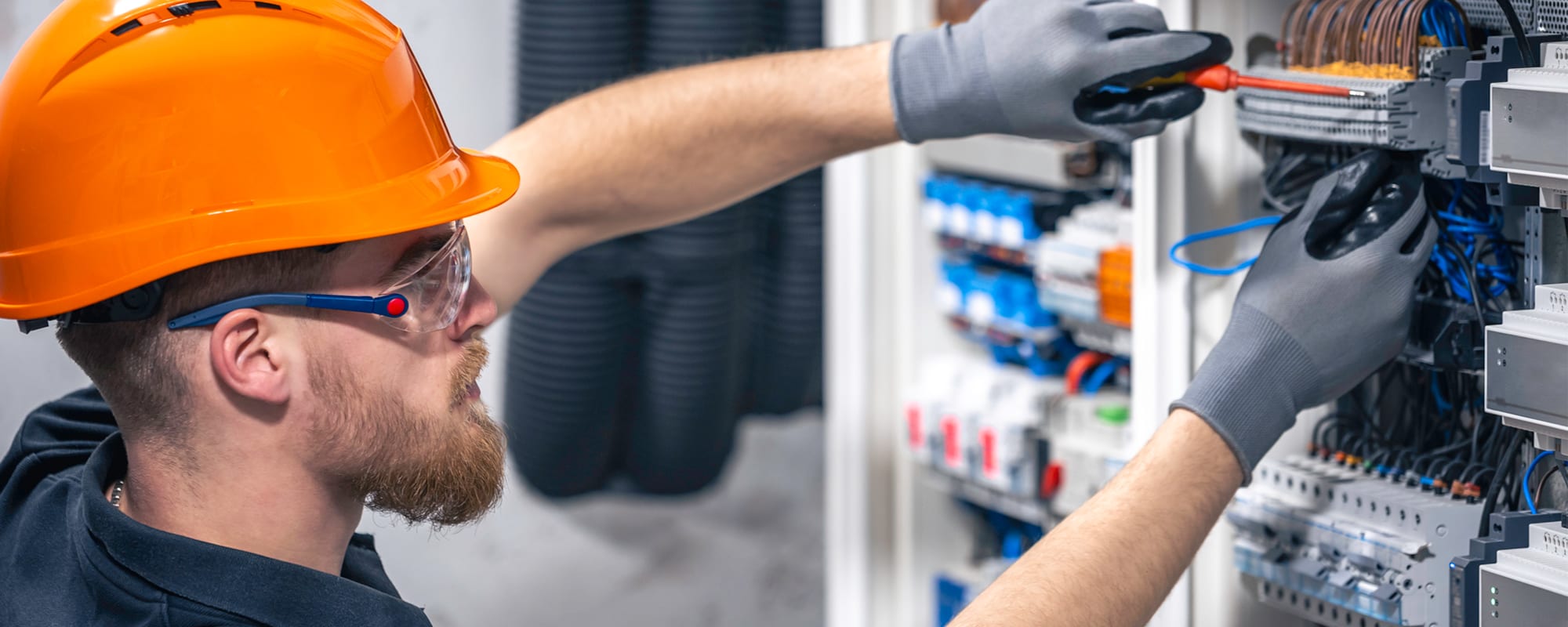Dave Lagerstrom, Vice President of Connectivity at Banner Engineering, deep dives into industrial connectivity, addressing origins, importance, applications, common selection and implementation challenges and solutions, and Banner’s extensive industrial connectivity portfolio.

Connectivity at Banner Engineering
The global connector and cable market is massive. It’s currently valued $118.34 billion and is projected to grow to a value of $179.26 billion by 2032, fueled by the pervasive need for power and the steadily increasing demand for fast, accurate, and reliable data transmission across virtually all industries — from finance, retail, healthcare, education, and entertainment to telecom, transportation, energy, utilities, agriculture, and industrial manufacturing.
We spoke to Dave Lagerstrom, Vice President of Connectivity at Banner Engineering, to learn more about the connectivity solutions powering industrial facilities and driving the digital transformation catalyzed by Industry 4.0. Here, Dave deep dives into industrial connectivity, addressing origins, importance, applications, common selection and implementation challenges and solutions, and Banner’s extensive industrial connectivity portfolio.
Q1. Hi Dave. Please introduce yourself and tell us a little about Banner Engineering.
I’m Dave Lagerstrom, the Vice President of Connectivity at Banner Engineering. I studied engineering at Iowa State University and have spent the last 35 or so years focused solely on industrial automation. I worked at a number of different companies in the industry before joining Banner, but my focus has remained mostly on the product side, and on sensors and connectivity solutions in particular.
Banner Engineering is about to celebrate its 60-year anniversary and is still a family-owned engineering company based in Minnesota. Our primary product focus has always been sensors — and especially photoelectric sensors — but we’ve since expanded into different product groups, including safety, lighting, and connectivity products. We have a huge number of patents for our extensive product portfolio and a stream of interesting innovations in the pipeline at any given time.
Q2. You joined us today to talk about industrial connectivity. So, let’s dive in. What should people know?
The industrial automation industry wouldn’t exist without industrial connectivity. Even before Industry 4.0 data demands, you had to have a safe, reliable method of connecting all of your equipment and devices to power sources — and that still holds true today. The only difference might be the source of that power.
Today, a lot of industrial connectivity solutions utilize quick disconnect technology, which came out of the automotive world. People who remember the old days, before inductive and photoelectric sensors came along, will recall that mechanical limit switches were initially hardwired in. You had to run wiring and have an electrician there to land all those wires in your limit switches. So, the concept of quick disconnect connector technology was inspired by the desire to eliminate the cost and hassle of hiring an electrician every time you wanted to add a device, rewire something, or replace a switch. And it created a way to quickly, safety, and reliably connect wiring to myriad different devices throughout the industrial automation landscape without any kind of special training or certification. Now, quick-disconnect connectors are used virtually everywhere, from various manufacturing processes to warehouse automation, including a wide range of potentially hazardous environments. They’re even often directly integrated into sensor products and other devices.
This technology has even evolved to include a whole world of smart industrial networking solutions, wireless access connectors, inline fuses, and other Ethernet-based connectivity products that open up all sorts of options, like connecting the information technology (IT) in office spaces with the operational technology (OT) on factory floors, which can get really interesting, as well as providing power and data over a single cable, which can dramatically lower costs. These connectors are playing a substantial role in some of the larger industrial trends we’re seeing, like smart factories and IIoT networks, because, at some point, you’ve got to connect to something that you need to pull data out of. But that’s not really my focus here today.
Most of the connectors I’m going to talk about today — the kinds of power connectors that every industrial operation depends on — wouldn’t be considered smart components. In this category, we have standard cordsets, which are cables with a connector molded on one or both ends; molded junction boxes, which help consolidate the amount of wire you have to run; field-wireable connectors that you can terminate a raw cable with, and a variety of different adapters.
Q3. What common challenges do people face when it comes to selecting and implementing industrial connectivity solutions, and do you have any advice for overcoming these challenges?
When you’re looking to connectorize devices, equipment, and machinery, you have to consider your operational goals and the environment that you’re working in. Environment is a huge consideration. For example: Is it dry or wet? Do you have caustic washdown solutions? Are you dealing with oils? Are you working with any number of different chemicals? What kind of standards are you trying to meet? The answers to these and other questions like them will help determine which connectors are right for you.
You also have to consider where the connectivity solution will be used, both geographically and within the facility. In the United States, there are a variety of national and use-based electrical connector and cabling standards that you have to meet, like NFPA79, which provides safety guidelines for the design, installation, and operation of industrial equipment to protect personnel and equipment from electrical hazards like fire and shock and prevent unplanned downtime. Other countries and regions, like the U.K. and Europe, have entirely different standards, but more or less for the same reasons.
When it comes to choosing connectivity solutions — whether we’re talking cordsets, field-wireable connectors, molded junction blocks, etc. — the right selection is going to depend on the size of your equipment, where the wiring has to go, where different sensors are located, and where your controls are located.
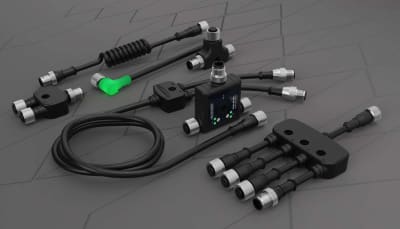
The tricky thing about connectivity solutions is that they’re usually the last thing people think about when they’re designing a machine — even though power connections, at the very least, are essential for operation. So, they build the whole thing and then realize that they have to connect it to a power source, and maybe even other equipment and devices. Cordsets with overmolded connectors (inset) often make for the best long-term connectivity solution, but they tend to come in a limited variety of lengths. So, in cases like these, field-wireable connectors can come in handy because they can attach to any length of raw cable, which makes it easy to adjust to the exact length you need. Their flexibility also proves useful as things change and you scale your production.
There’s also such a wide variety of connectors out there to be aware of. In the industrial automation world, we mostly talk about circular connectors in metric sizes, typically ranging from really tiny M5 connectors up to much larger and higher-power M27 or M40 connectors, depending on your needs. Applications like powering motor drives and running power to multiple locations at once require high current values, which typically means that you’ll need larger wire diameters, heavier cables, and larger diameter connectors. Although, one of the industrial connectivity trends we’re seeing now is miniaturization — smaller connectors with higher current-carrying capacities than used to be possible for their size. These smaller, high-power circular metric connectors are fabulous solutions for industrial robotics applications, where every bit of weight makes a huge difference.
There’s also a wide variety of cables available. Focusing on the connector and cable approvals — for instance, whether it’s got UL/CE, MSHA, or TC-ER approval — can be helpful for choosing the right one. But it really helps to leverage some expertise — especially on the cable side. Consulting with a trusted supplier is all but guaranteed to make a huge difference in terms of satisfying all of your application demands in a timely manner without paying for more product capabilities than you need.
Q4. Please introduce us to Banner Engineering’s industrial connectivity portfolio.
Banner isn’t new to industrial connectivity, but our focus on industrial connectivity has changed in the last year. Our focus used to be limited to whatever connectorization was needed to support our other product lines. Now, we’re taking a more comprehensive look at industrial connectivity and providing our customers with a broader range of solutions.
This sets Banner apart, because most industrial connectivity companies are exclusively focused on industrial connectivity. But we also have extensive experience in sensor, lighting, safety, and networking products with a variety of different connectivity needs, which definitely gives us a different perspective and a unique set of capabilities.
We’re currently working on developing a comprehensive connectivity portfolio, but with a focus on providing our customer base with the exact selection of connectivity solutions they need as opposed to your typical industry-standard offering. We’re also willing and able to create complete cable assemblies customized to the exact length you’re looking for and equipped with the exact connections you need. We often see customers buy standard connector products and either have their in-house team or an industry partner cut and rework them, which seems kind of crazy. So, we’re taking more of a holistic approach that aims to provide customers with the exact products that they’re looking for from the get-go.
Our industrial connectivity portfolio is growing fast, but purposefully. We’re using our almost 60 years of industrial connectivity experience to create solutions designed to address common customer challenges and specific industry demands.
Q5. Please introduce us to a few products from Banner Engineering’s industrial connectivity portfolio.
Banner’s got a unique version of a field-wireable M12 connector. It’s got what we call a slide lock, which makes it much more straightforward than competing M12s. With this, you just strip the wires, place them in the color-coded holes to terminate them to the connector, and then slide a little lever to lock the mated wires in place. It’s super simple. So, we’re seeing a lot of people gravitate toward these connectors. They make life easier, save time, and ensure proper mating, regardless of the technician’s skill level. If you’ve got a handful of these in your toolbox, you’re pretty much set and ready to handle whatever comes your way.
And while our field-wireable M12s are pretty broadly applicable solutions, they directly address common customer challenges across industries, and we’re working to develop more robust versions and expand our selection of compatible cables to better satisfy the needs of different industry standards and application environments. For example, we recently created a high-flex cable designed for high durability in application environments with motion, and we’re now releasing a new cable that’s rated for up to 20 million cycles. That’s pretty close to two years of continuous motion, which is pretty amazing.
We offer small, high-power connectors that can be equipped with logic to provide connections where the motor actually is. This series of connectors isn’t all smart, but it can be. The smart versions have a printed circuit board inside that we can connectorize to create splitters, junctions, power drops, in-line fuses, current-limiting circuitry, and all sorts of other options — more than even I can even potentially imagine after 35 years in this industry. We can even do a two-step molding process to make them ruggedized industrial connectors. These R95 junction blocks are a unique thing for Banner, and we’re capable of quickly creating these in different custom variants to help customers satisfy different application demands.
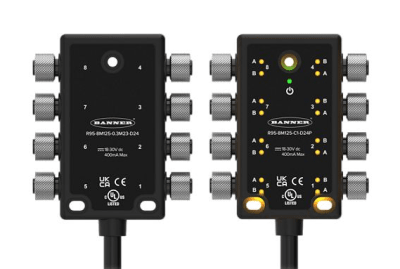
Our molded junction blocks are a little different too. The industry-standard design features four- or eight-port M12 block with an M23 home run connector, but ours has the ports coming out of the different mounting options, which offers much more flexibility. And then we’ve got the typical junction blocks as well. These super rugged solutions are widely used in a number of different industries, including theme parks, food production, oil and gas production, and material handling.
We also offer corresponding adapters, filters, and fuses.
Q6. Are there any success stories you’d like to share about Banner’s industrial connectivity products?
We recently had a material handling customer who needed some new lighting solutions to work with their current solutions, which required some creativity. We put together some different cable specs and dual listings and delivered an M12 cable assembly that fits in the same space as their old armored cable. Our small M12 connectors could support 16 amps and a 300-volt AC setup, which allowed them to cascade multiple LED luminaires. This solution also provided huge cost savings compared to a hard-wired solution and was quick and easy to implement without an electrician.
Q7. Is there anything else you’d like RS customers to know about Banner Engineering or its industrial connectivity portfolio?
While we focus on providing the standard connectivity products that industrial customers in various industries typically need, we can also create fully and semi-custom solutions, like off the shelf cordsets modified with specific parts or custom cable lengths or labeling. And we can provide both very quickly.
Save time and money with industrial connectivity solutions from Banner Engineering and RS
Banner Engineering is a leading global supplier of industrial automation solutions, including cordsets, field-wireable connectors, molded junction blocks, adapters, and in-line fuses — all of which are designed to simplify processes, enhance productivity, reduce costs, and improve quality.
RS offers an extensive selection of Banner Engineering products, including a wide variety of industrial connectivity solutions, ranging from connectors, like field-wireable connectors and molded junction blocks, to cables, cordsets, and cable assemblies, and adapters, filters, and fuses.
For more information about Banner Engineering’s portfolio of industrial connectivity solutions, visit the links embedded here and above. For more expert insights from Banner Engineering, click to view their other contributions to the RS Expert Advice Series.
For assistance identifying, procuring, deploying, and maintaining Banner Engineering’s industrial connectivity solutions, please contact your local RS representative at 1.866.433.5722 or reach out to the RS technical support team.
